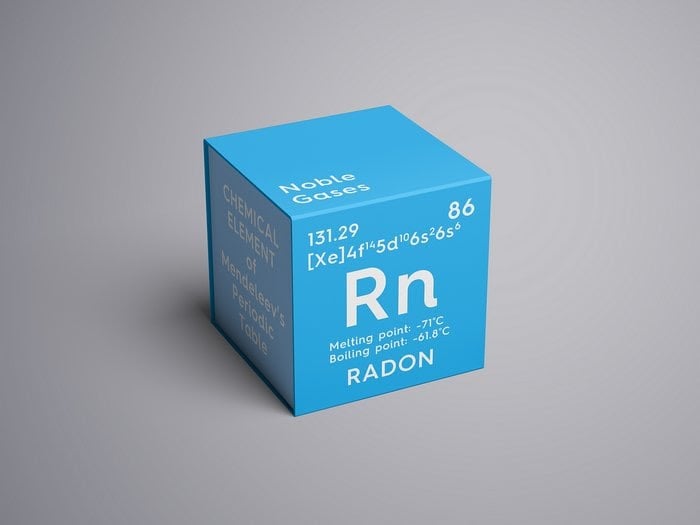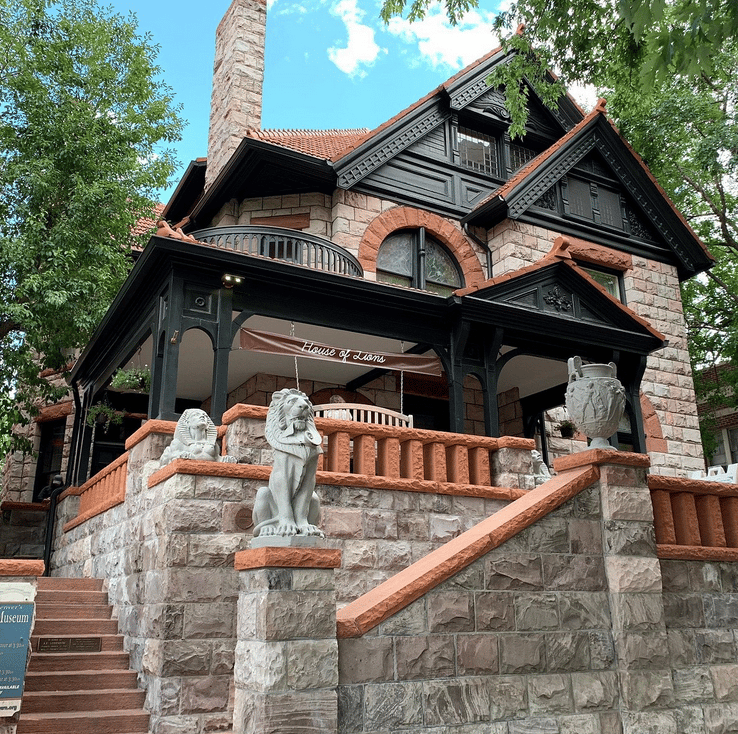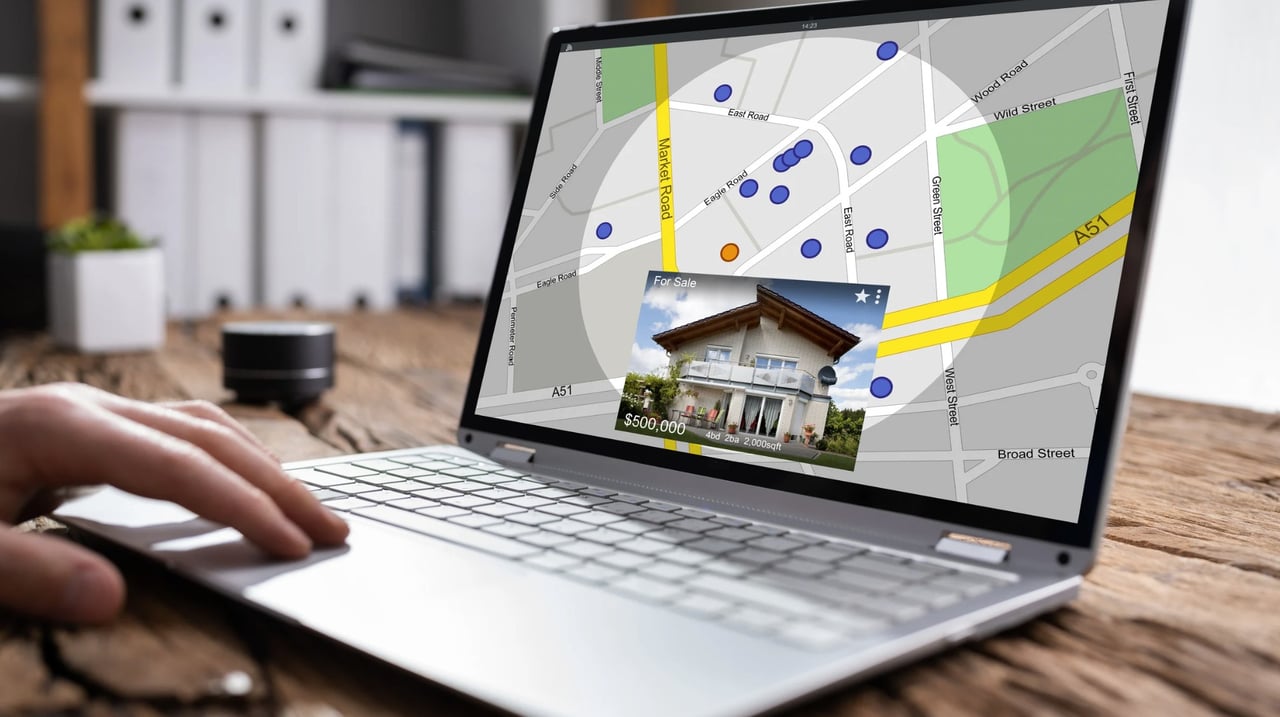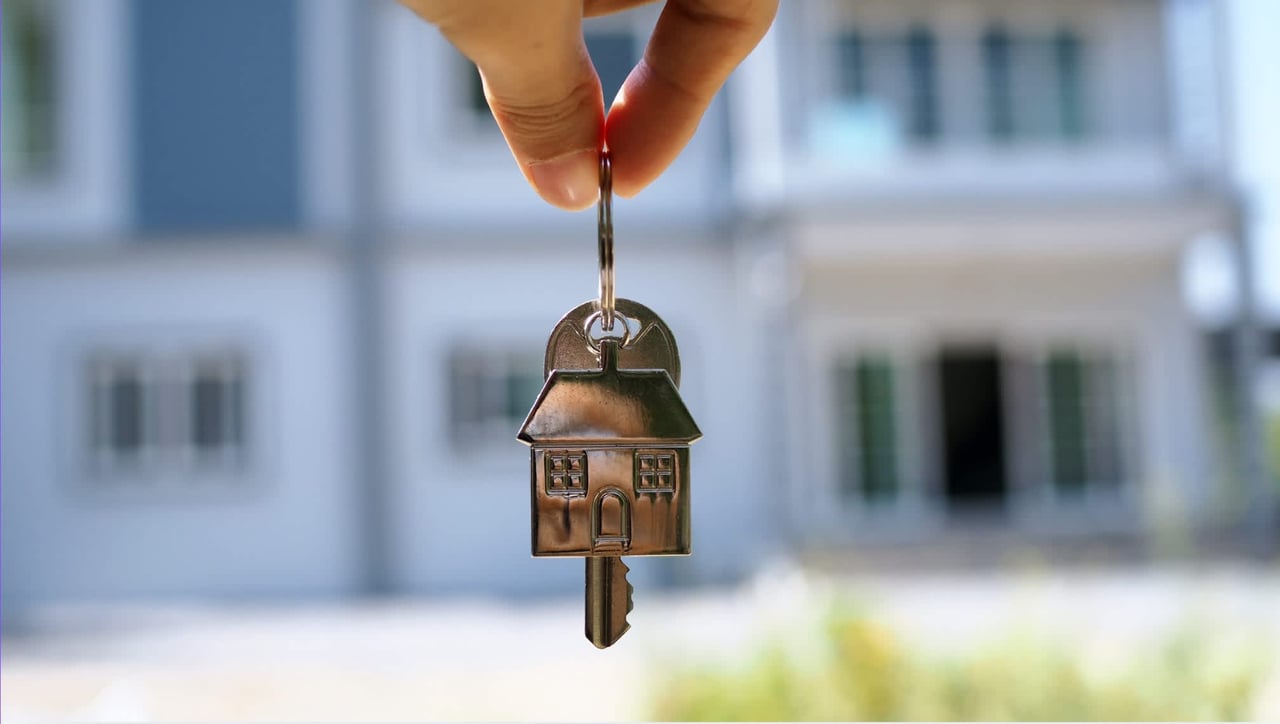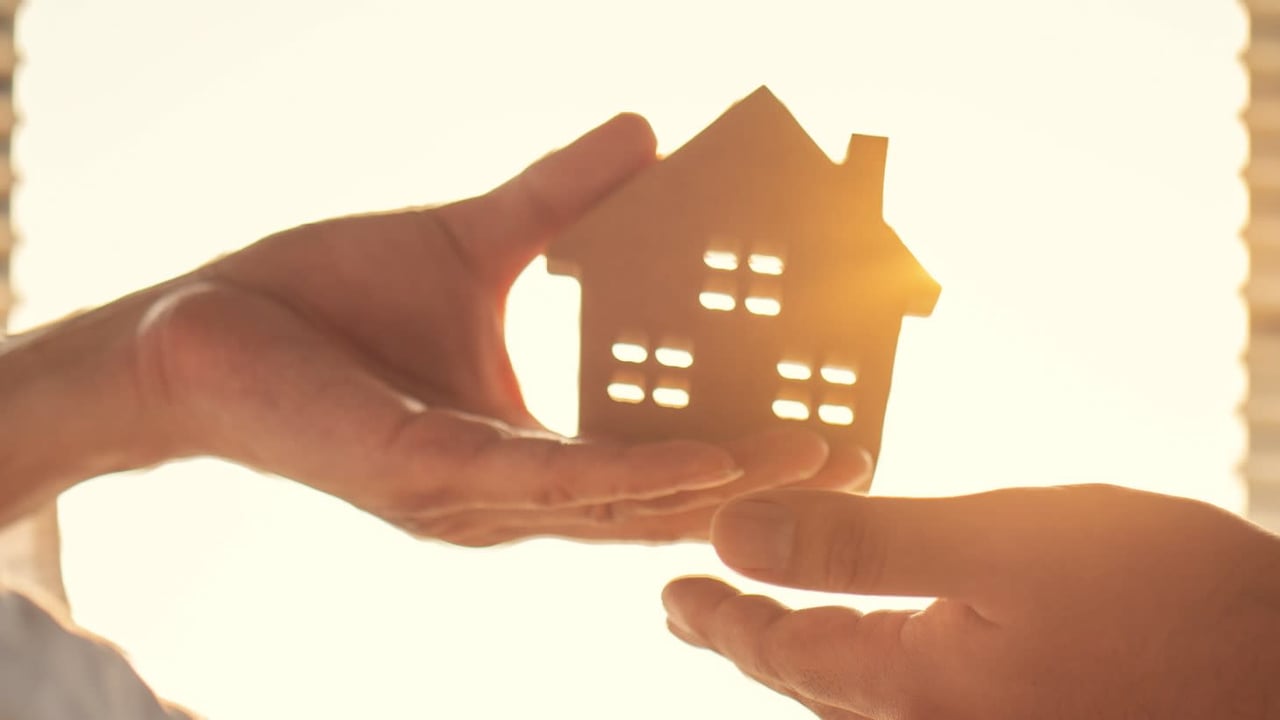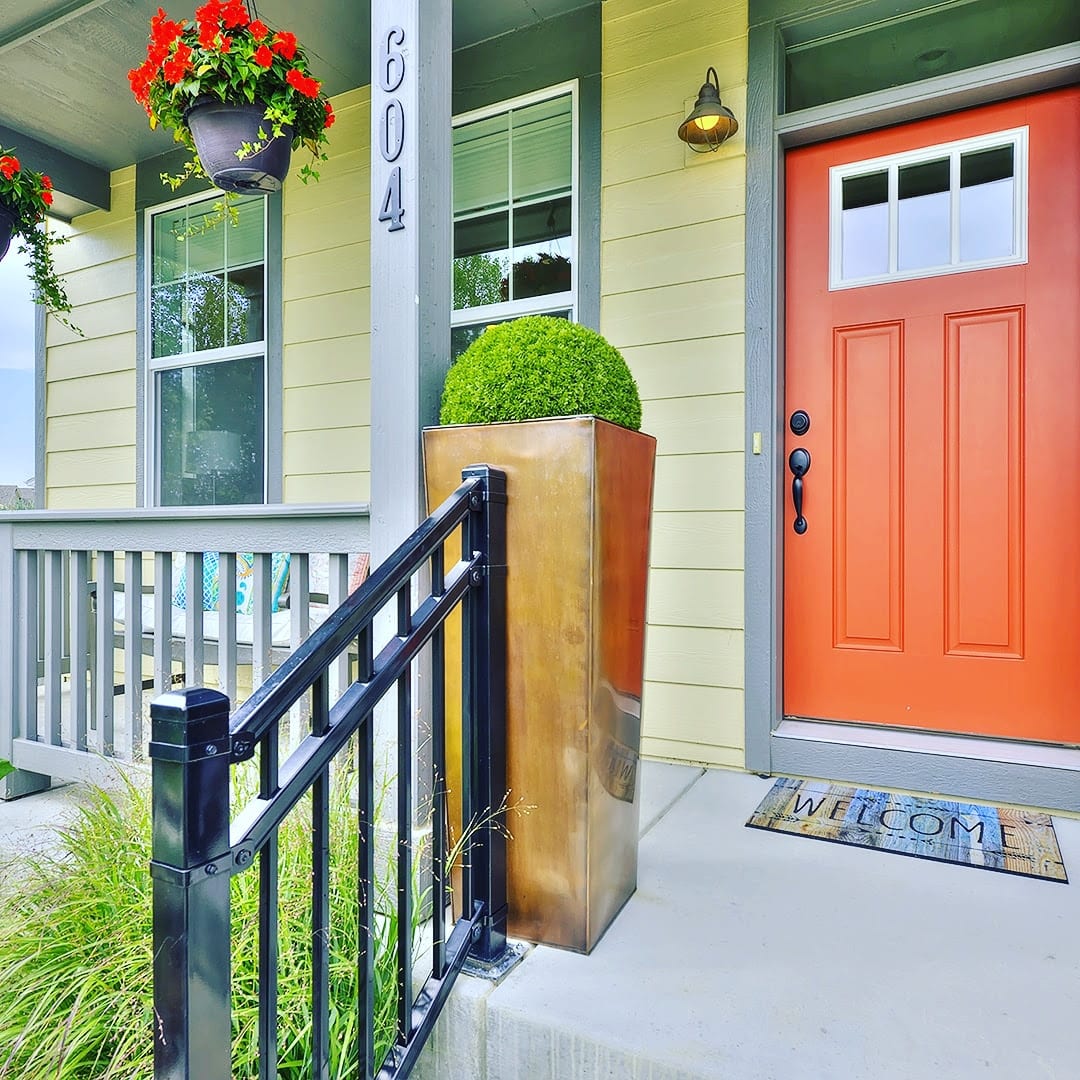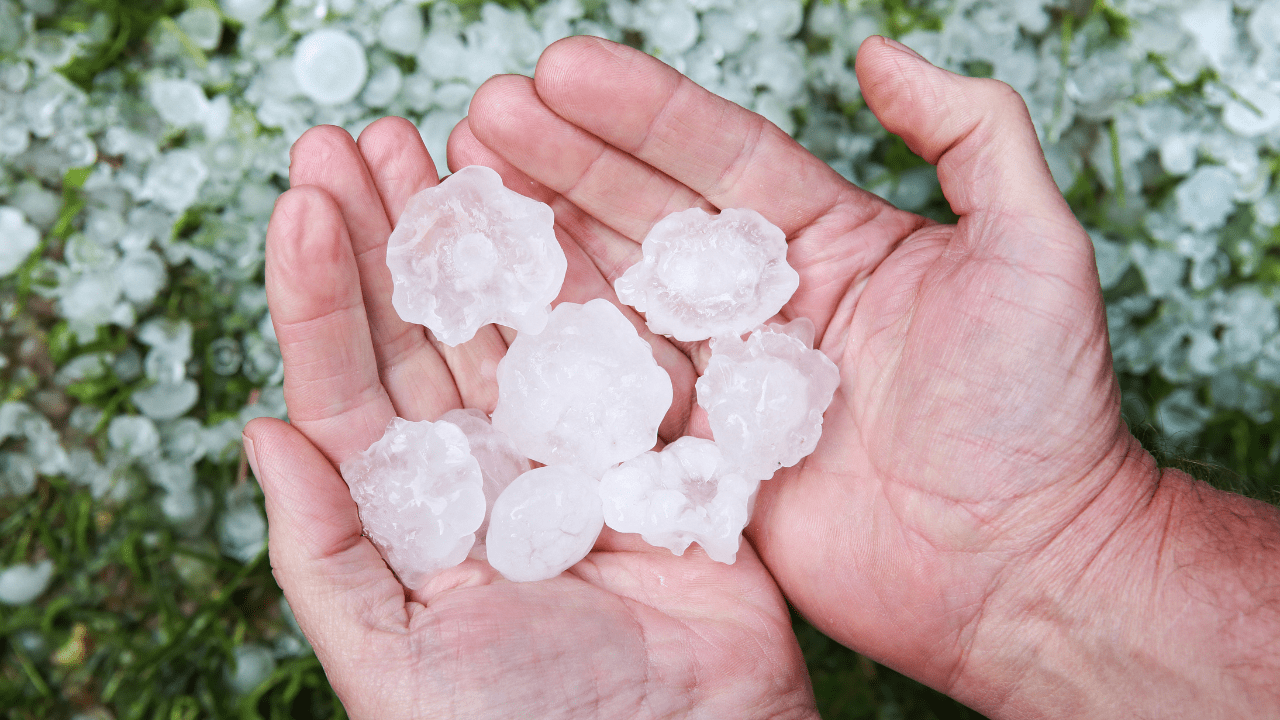One of the things we talk about a lot when reviewing home inspections with buyers is radon. Radon is a common issue here in Colorado. Read on for information about what radon is, how it can be mitigated, and some common misconceptions.
Did you know....?
Radon is a radioactive gas. It comes from uranium in the soil and occurs naturally in the environment in low concentrations.
Radon is classified as a human carcinogen and breathing it is associated with an increased risk of developing lung cancer. Radon decays to form tiny radioactive particles that may be breathed into the lungs and cause damage. Over time this damage can lead to lung cancer. For smokers, radon compounds the damage and can lead to a higher risk of lung cancer.
Colorado has higher radon levels than other states. In fact, Colorado has the 3rd largest reserves of uranium of any U.S. state, behind Wyoming and New Mexico. There are low levels of radon virtually everywhere in the environment. It's the concentration of radon in the home that is of concern.
The radon level is measured in pico Curies per Liter. At above 4 pico Curies per Liter, the Environmental Protection Agency recommends mitigation.
So how does radon get into your home?
Radon can enter the home through foundation cracks, through sump pits, and through gaps around pipes and electrical conduits. Also, bathroom exhaust fans and fireplace chimneys create negative pressure which pulls air up through basement. This negative pressure can increase radon levels in the home.
How can you as a homeowner test for radon?
Thankfully, radon tests are inexpensive and readily available. Home inspectors can do short term tests of 48 hours and these tests usually cost around $150. Results can be received immediately once the testing equipment is picked up and information is downloaded from the unit.
Home owners can buy radon test kits at hardware stores and those can be short term or long term tests. Test kits are mailed in to a lab and results are received by mail in a week or two.
During radon testing, homeowners should close doors and windows and refrain from operating fans that bring in outside air. When testing is in progress, it's OK to run A/C and the furnace, but systems that bring in outside air (like swamp coolers and whole house fans) should not be used. When in doubt, read testing instructions carefully to ensure correct testing conditions.
If radon levels are high, how is this remediated?
With radon levels above 4 pico Curies per Liter, the Environmental Protection Agency recommends mitigation and they say homeowners should consider remediation between with levels between 2 and 4 pico Curies per Liter.
Thankfully, radon reduction techniques work well. Remediation systems can be passive or active. With an active radon mitigation system, a radon mitigation company will seal routes of entry in which radon could enter the home, and then fans will be installed to pull air from below the basement or crawl space and ventilate this air above the roof line.
Active suction systems cost more but are much more effective. The average cost of an active radon mitigation system is about $1,200. Homeowners should make sure to re-test after remediation to make sure the mitigation system is working properly.
A Few Misconceptions
While radon is rather well understood, there are still some misconceptions among the public, Realtors, even some home inspectors.
Misconception #1: If you don't have a basement, you won't have radon.
Truth: Even if you don't have a basement, you can have high levels of radon in your home due to negative pressure in the home pulling up air from the crawlspace or below the slab.
If you live in a condo in an upper unit, your home can still have high levels of radon as it can be circulated up through heating systems and other mechanical components of the building.
Misconception #2: If there is already a radon mitigation system installed, there is no need to test it every few years or in the context of a home purchase.
Truth: You should do a radon test periodically to make sure the system is functioning. The fans in the systems can break, become blocked, or radon levels can change over time making a system that once worked fine no longer sufficient.
Misconception #3: A neighbor's radon test result is a good indicator of whether or not your home will have radon.
Truth: In fact, each home's radon level differs. Each homeowner should do their own radon test to determine the radon level in their own home.
If you'd like to learn more about radon or other environmental issues that can impact your home, the EPA is a great place to start:
